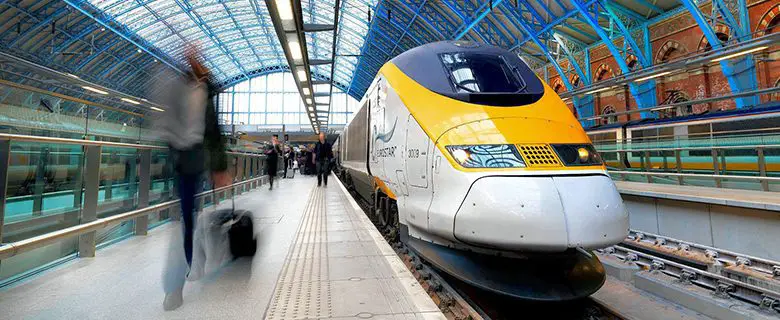
Transport and disability
We live in a day and age where disabled people living in the developed world, which includes myself, have access to planes, trains, buses and automobiles. All at our disposal to get us to where we need to be for work or leisure.
Some disabled people get their cars, modified so they can drive, and I cheer for them for doing so – they don’t let their disability slow them down. Personally I don’t drive due to my epilepsy, and I am ok with that. Public transport – busses, trains and planes – as well as the odd ride from friends and family, mean I can be quite independent.
Yes, we usually have to plan ahead of time, something I imaging is less of an issue if you could just jump in your car. But it doesn’t stop me and others from achieving our goals.
The down side from not having a driver’s licence is that it has kept me from getting a job with the many companies that need me to be able to drive. This fact doesn’t make me bitter, but does make me realise my limitations. I won’t ever be tomorrow’s truck driver, house mover or any other worker in a profession that requires me to drive. However, I was given a brain to use and I love to write and speak. This is how I would earn a living.
The busy train system can be a great place to read or organise one’s day – thank goodness for technology. It can test your patience though – waiting in the cold of winter here in Canada is far from ideal.
All buses were I live are wheelchair accessible. But problems usually arise when travelling to countries were the disability transportation policies aren’t at the stage we are accustomed too in the developed world, which can be frustrating.
However, when your destination and the logistics of the trip are worked out, the challenges of transportation can be overcome. Sometimes a disabled person just needs to problem solve their transportation dilemma to come up with a solution.
Here are my top 5 tips for using public transport when you have a disability:
-
Buy a monthly travel ticket before the start of each month – it can save you a lot – and remember to use any disability allowances you can. Ask at your local bus or train station as there may be extra bonuses you’re entitled to that you didn’t know about.
-
Always carry the local transport system schedules and maps with you, or even better, have then on your phone, in addition to phone numbers you can contact if you need to ask for assistance.
-
Build a good relationship with the bus driver/s you see regularly, I’ve found them to be even more helpful when they know me a little.
-
Give yourself enough time to get from your home to the bus stop or train station – transport doesn’t always turn up or leave on time.
-
Be respectful to cab or bus drivers, flight or railway attendants, as they are the key to helping you on your way to your destination. They’re often frustrated by difficulties like you are, and often just want to help.
Disabled people have a variety of talents, and whatever transportation they use is only a tool to get them to where they need to be, day to day and in achieving their dreams.
By Ty Stingel
Check out…
Do you have any valuable tips on using public transport when you have a disability? We’d love to hear from you! Get in touch by emailing us at editor@disabilityhorizons.com, messaging us on Facebook, tweeting us @DHorizons or leaving your comments below.